Transit Camp Westerbork
Mail Restrictions / Regulations
This postcard was sent from Camp Westerbork to Gouda in the west of Holland. The sender, Harry Juras, born in Berlin on October 25, 1907 married Belle Mehrkrebs in Camp Westerbork on April 19, 1943. Harry died in “Central Europe” on February 28, 1945. There are no available records regarding Belle’s fate.
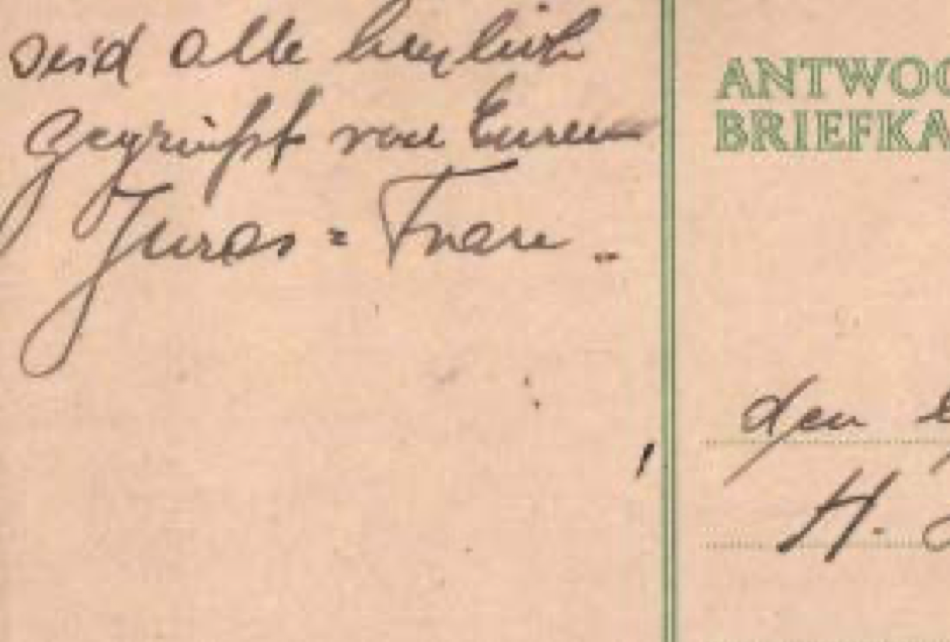
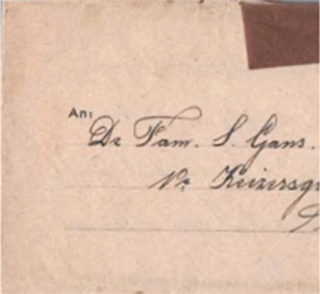
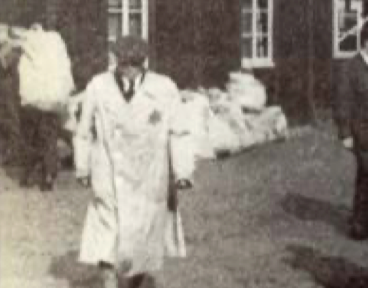
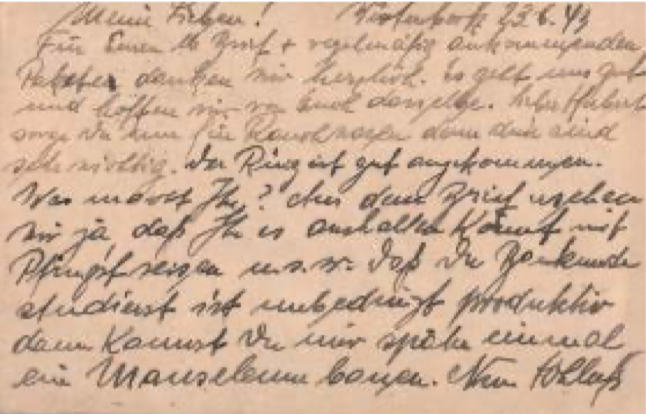
Thanks for the letter and the packages … doing fine … Would like to have some smoking material … The ring arrived.

Last week letters arrived from Auschwitz, Celle and Theresienstadt, among them a letter from Maurits Gosler in Celle addressed to you.
It is surprising that letters from three different concentration camps still arrived in Westerbork at this late date (July, 1944). Equally surprising is that the recipient, the Jewish Gans family, was still able to live in a prime location in the center of Amsterdam.
Star of David Censorship Marking
Kurt Arthur Zielenziger and Fritz Hirschberg knew each other from when they both lived in Berlin. Hirschberg, a Dutch Jew, studied medicine in Germany and received his license to practice in 1914. After Kristallnacht and the November 1939 pogrom, he was imprisoned in Sachsenhausen Concentration Camp. After his release in January 1939, he fled to Norway. His escape was short-lived, as Germany invaded Norway in April 1940. He lived underground until he was able to reach Sweden with other refugees in November 1942. His 77-year-old mother, however, was arrested by the Gestapo and eventually murdered in Auschwitz.
The response section of a card Zielenziger had sent from Stockholm was returned on December 14,1943. It is clear from the text that Hirschberg is trying to help his friend.
%2C%20December%2014%2C%201943.png)
Thank you for your effort…the papers I confirmed to you already…because of them we are recognized under our new identity.
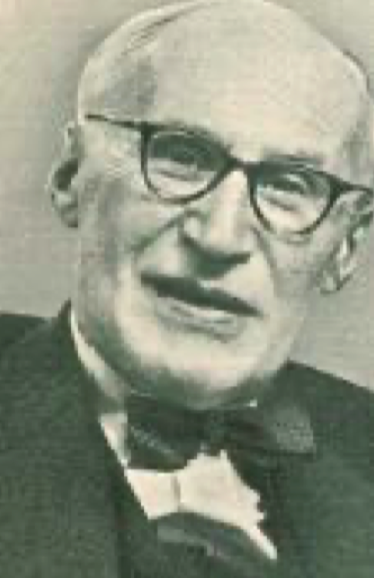
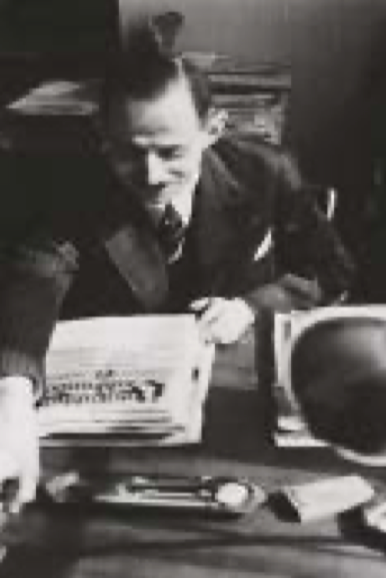
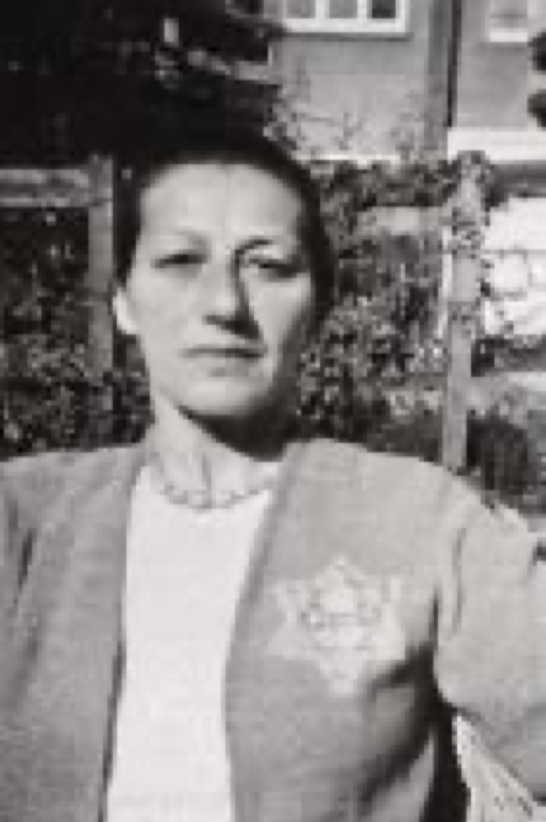
She is listed as a prisoner in the Bergen Belsen Concentration Camp records.
We have not been able to determine if she survived the war.
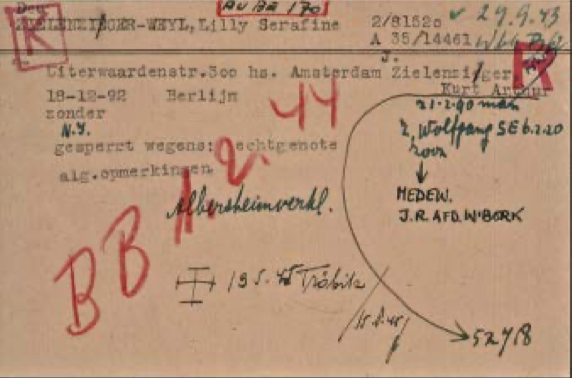
Kurt and Lily Zielenziger were deported to Bergen-Belsen on February 1, 1944, where Kurt died in July. As the Soviet Allies approached, Lily was one of the unfortunates crammed into a cattle car destined for Theresienstadt. It would become known as “The Lost Train” which traveled aimlessly through Germany for two weeks. When it finally came to a stop at Tröbitz and the doors were opened 550 people had died.(See page 6). Lily survived, but only temporarily. The record shows that she died in Tröbitz on May 13th, 1945.
The handstamp has only been recorded in green and is only found on mail from Westerbork to foreign countries.
%2C%20December%202%2C%201943.png)
Outgoing Mail – Foreign
Siegfried Heidemann, born on February 27, 1875, and his wife, Martha née Fischbein, born on July 1, 1885, were both originally from Berlin. The couple lived at Beethovenstraat 132 in Amsterdam, located in “Zuid” the Jewish section in the southern part of the city. The records refer to the “Familly Heidemann” where it is known that the couple had three daughters: Inga, Herta, and Maria Louise. In 1942 Dutch Jews like the Heidemanns had to submit an inventory of their assets to the Nazis. Archival records showing their possessions have survived and formed evidence for post-war claims from heirs who were awarded over half a million Swiss francs.
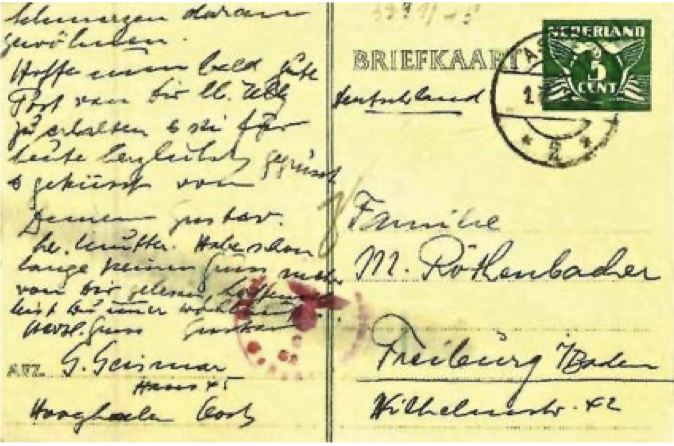
This registered postcard dated September 17, 1943, and sent from Camp Westerbork was addressed to Dr. Fritz Grote, at the Kurhaus Sonnmatt resort, Luzern, Switzerland. Canceled Hooghalen September 22, 1943, with its registration label. Registration labels on mail to foreign destinations, especially postcards, are quite rare. The card was taken to the local post office in Hooghalen, where it was processed.
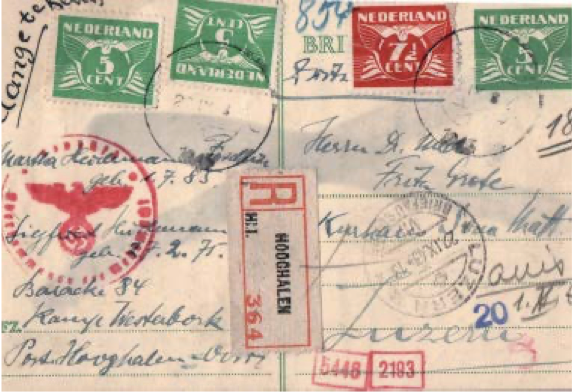
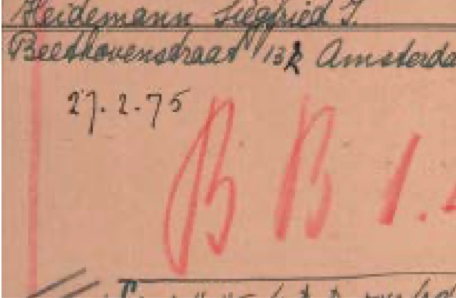
From the contents it appears that the Heidemanns hoped that Dr. Grote could help them obtain visas allowing them to travel to Ecuador.
Siegfried and Martha Heidemann were transferred from Westerbork to Bergen-Belsen on February 1, 1944. Both were subsequently murdered in the camp on April 10, 1945.
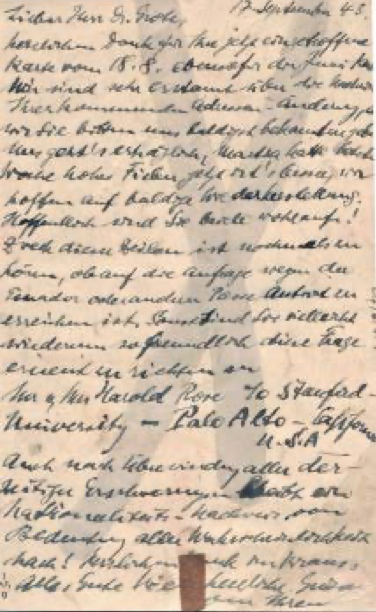
...Here things are bearable. Martha had a high fever last week. It is better now and we hope for a speedy recovery. Hopefully she will be fine. Reason for this writing is again to hear if we can obtain a response regarding Ecuador(ian) or other passes.
Mail for Switzerland had initially been censored in Frankfurt, but from April 1943 this function was moved to the Foreign Censor Of ce in Munich, where censor marks and stamps were applied. (Landsmann DP2.1.3. and DP5.3). Chemical censor stripe on both sides.
Smuggled Mail
Ernst Aron arrived in Amsterdam in July 1933 from his birthplace of Cologne. In 1938, he lived in Deventer from where he traveled to weekly markets selling tobacco pipes and cheap jewelry. He became friends with his non-Jewish neighbors, the Van Ouwerkerk family, as shown by surviving letters and postcards.
In Deventer he received weekly financial support from the Jewish Organization for the Poor. In March 1942, he is registered with the emigration department of the Jewish Council. Ernst Aron is transported to Camp Westerbork on January 15, 1943, where he stays in Barracks #73.
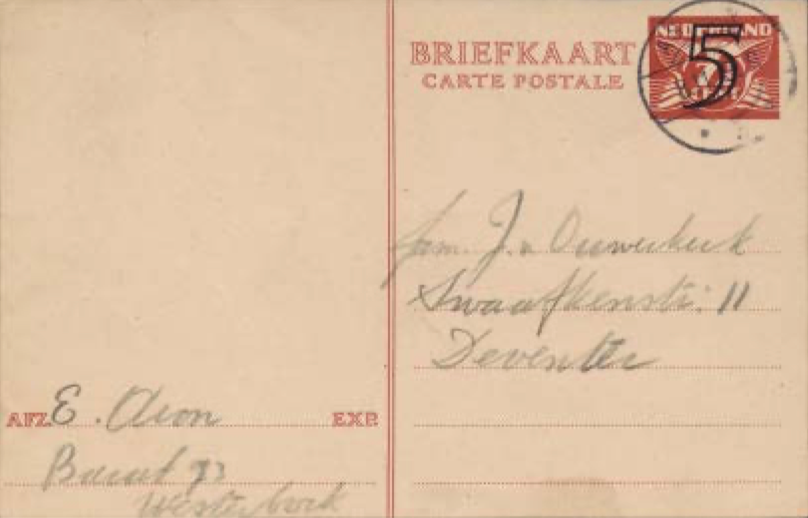
Parcel received. Many thanks. E. Aron, Barracks 73, Westerbork
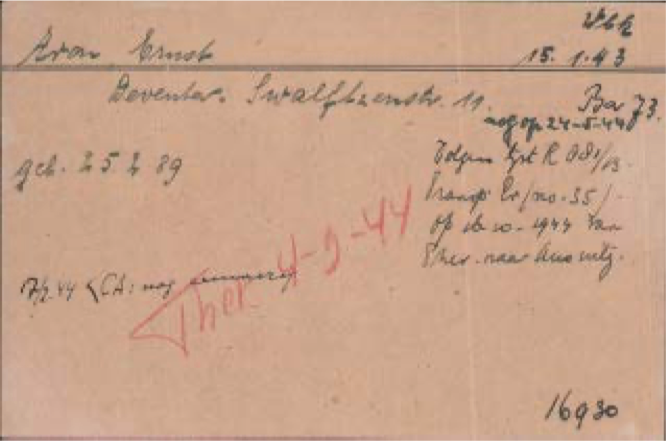
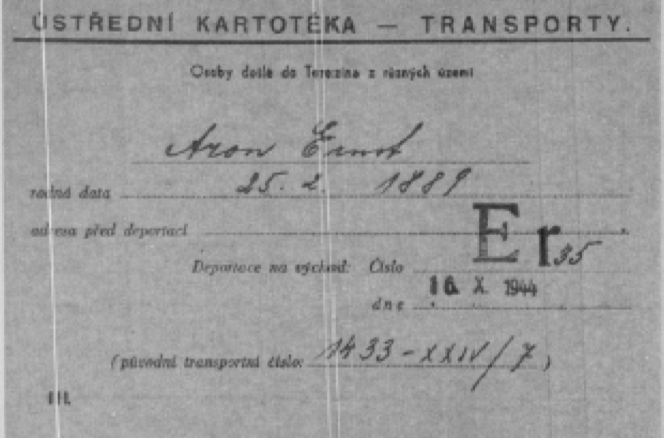
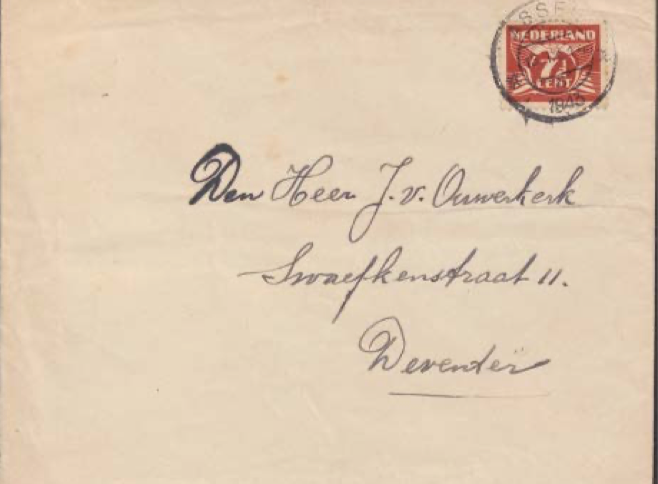
Camp orders prohibited sending clandestine mail and circumventing censorship. Although this was subject to punishment, it was nevertheless done. This letter was smuggled out and mailed. It can be concluded from the fact that the day stamp ASSEN 5 was not used in the camp post office. Also, the sender, likely Ernst Aron, wisely did not mention his name on the envelope so its origin could not be traced. On September 4, 1944, he was deported to Theresienstadt. On October 16th of that same year, he was transferred to Auschwitz where he was murdered two days later.
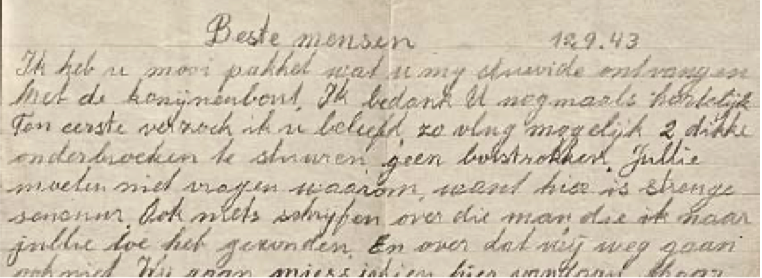
You should not ask why because the censorship is so severe ... Therefore do not ask about this in a letter ... You should not reply to this letter